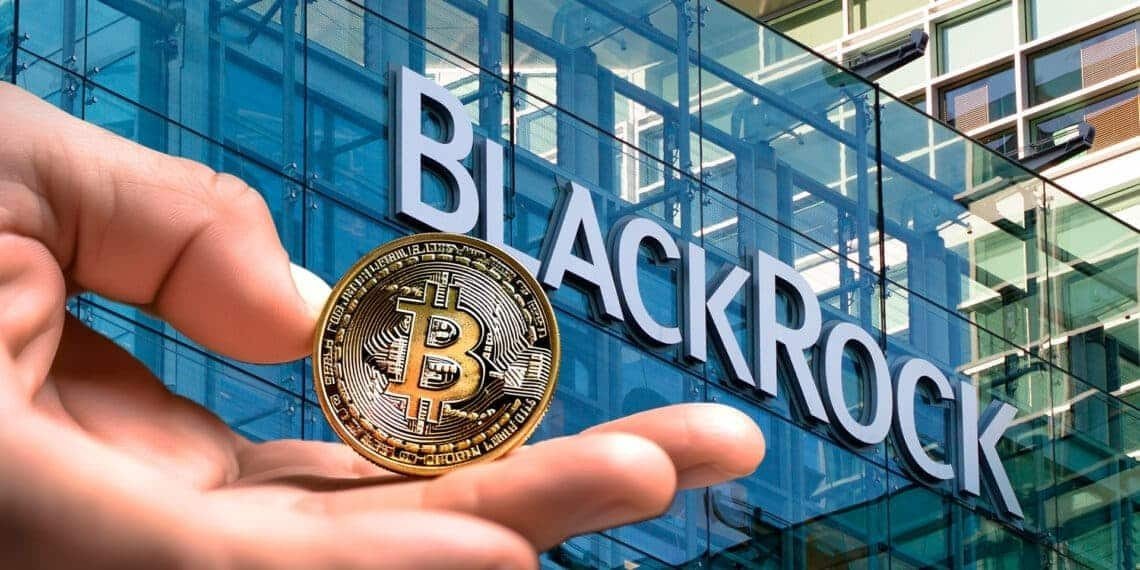How BlackRock Is Tokenizing The World
BlackRock’s Plan For Trillions Worth Of Existing Assets To Move Onchain Explained
This is Robbie Mitchnick. He is Head of Digital Assets at BlackRock and, behind Larry Fink, essentially becoming the face of crypto as far as institutional investors are concerned.
He recently went on Bankless for an interview and opened up about BlackRock’s big plans for tokenizing trillions of dollars worth of existing assets. In this conversation he offers a masterclass on how to strategically approach the potential opportunity for cryptocurrency over the coming years, and think long term about the new technological paradigm that blockchain represents.
Here are the key takeaways from Robbie’s interview:
why did BlackRock lean into crypto in the last few years?
1. Crypto has begun to seriously institutionalize.
2. Regulation has accepted digital assets are here to stay and are now figuring out how to regulate it.
3. Durable trend of large investors and companies becoming increasingly interested in the space.
Are Larry Fink and BlackRock moving beyond the ETFs already?
The aspirations of Blackrock and Larry Fink go well beyond just Bitcoin and Ethereum ETFs. Here are Robbie’s own words.
Watch the full Bankless interview with BlackRock’s Head of Digital Assets
Blockchain has the potential to be massively transformative for financial infrastructure. Particularly when paired with some of the defi applications you can build around tokenized assets. We have to remember we are super early on this journey towards tokenization. There’s three big things that need to happen to have the inflection moment towards accelerated adoption.
1. A breadth of institutional grade custodians who can support both crypto and tokenized assets.
2. Big credible trading marketplaces for tokenized assets such that the liquidity value proposition today is mostly theoretical around what tokenization can manifest.
3. Regulatory clarity, and a big part of that is simply the recognition that if I tokenize a bin, that’s a bond, if I tokenize a stock or an etf then that’s a stock or an etf, etc.
So we’re building and it’s still super early, but if it happens and that vision is realized, we would have a vastly more efficient, accessible, low cost, flexible financial system potentially than what exists with traditional rails. That’s what gets everyone excited.
A lot of the focus today after tokenizing cash ie. Stable coins, has been tokenizing stable value yield instruments of various forms. There’s been coalescence around that use case and there’s lots of reasons for that.
Once you get beyond that into what comes next there’s not nearly as much of consensus today around the second third fourth fifth most addressable biggest value add asset classes. But certainly when we think about tokenization and what it could mean for our clients. The two headlines were focused on are access and cost.
So what are some asset classes that are hard to access today for a lot of investors, and what are some asset classes today that are really inefficient and costly to operate that tokenization can make more efficient.
What’s the elevator pitch for the benefit of tokenization to nonbelievers?
Here’s Robbie’s thoughts on why a critical unlock to tokenization is likely going to be the adoption of crypto.
What’s riskier for large tradfi institutions? Having allocations of 1, 2, or 3% to this new asset class supposedly risky and somewhat unproven, or is it riskier to migrate potentially tens of trillions of existing financial assets onto this new technology paradigm?
When you think of it that way it’s obviously the latter. So as an industry one of the ways we’re going to de-risk that is to build solutions and comfort and adoption around crypto that gets firms used to using blockchain rails. Ultimately that’s going to support the adoption of tokenization.
Now why do we think tokenization is valuable? The properties that you can build into a system that is tokenized verses our legacy systems are immense. When you think about liquidity, realtime instantaneous riskless settlement, 24/7 trading, the fact that these assets become digitally native, transparent, interoperable, that we can remove a lot of these layers of intermediaries that have had to exist in the current system.
All of these things create massive opportunities for efficiency, financial inclusion, for access to a wider array of investments in a more efficient way. So that’s what gets us excited.

